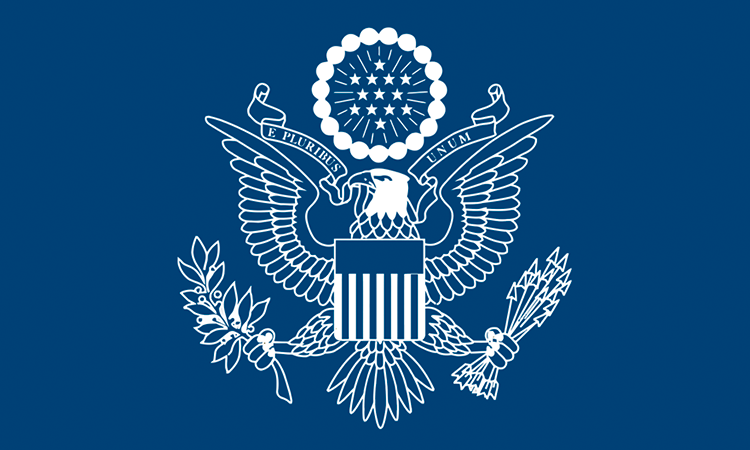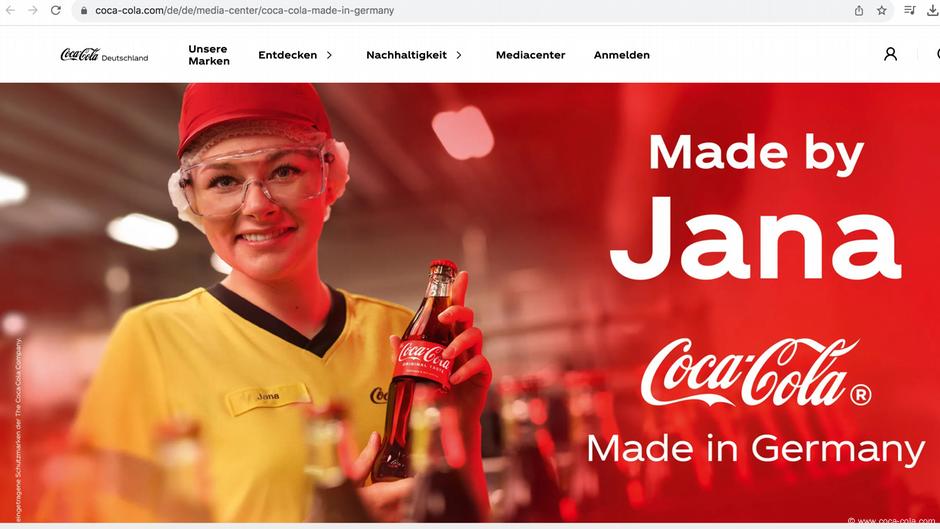- Alcaraz withdraws from Davis Cup Qualifiers R2 ATP Tour
- Carlos Alcaraz withdraws from upcoming tournament immediately after winning the US Open title The Tennis Gazette
- Scheduling Mistakes Diminish Excitement of Davis Cup and Laver Cup Last Word On Sports
- Carlos Alcaraz changes his schedule following US Open glory Tennis World USA
- After Ben Shelton and Tommy Paul, Carlos Alcaraz Snubs Davis Cup PFSN
Apple is preparing to launch two versions of the AirPods Pro 3 over 2025 and 2026, according to a Weibo leaker.
Yesterday, supply chain analyst Ming-Chi Kuo reported that Apple is planning to debut the AirPods Pro 3 this year. They could arrive as soon as this week at Apple’s “Awe dropping” event.
Crucially, Kuo added that Apple is planning to introduce a successor to this year’s AirPods Pro in 2026. This would be somewhat unusual since Apple normally waits around three years to make major changes to the AirPods’ hardware. AirPods Pro 2 debuted at the iPhone 14 event in September 2022, and they were updated with a USB-C charging case and a few other tweaks in September 2023. Otherwise, Apple has waited about three years to update all of its AirPods models.
Kuo said that the 2026 AirPods Pro will feature a “more significant” hardware upgrade in the form at least one tiny infrared camera. He previously said AirPods with infrared cameras could recognize hand gestures and provide an enhanced spatial audio experience with Apple’s Vision Pro headset.
Now, the Chinese leaker known as “Instant Digital” has corroborated the rumor with some additional details and clarifications. Rather than being a new generation, the 2026 AirPods Pro will be a high-end variant of the AirPods Pro 3 introduced this year, suggesting that both models will ultimately be on sale alongside each other. It is worth noting that Apple offers two version of the AirPods 4 at $129 and $179 price points.
As Kuo first said, Instant Digital similarly believes that the key differentiator will be an infrared camera for gesture controls. In fact, Apple may remove the high-end model’s pressure-sensors and go all-in on gesture controls. The cost for customers is expected to exceed the current AirPods Pro’s full retail price of $249.
All signs point towards Apple unveiling the AirPods Pro 3 during its iPhone 17 event on Tuesday, September 9. The AirPods Pro 3 will likely have the same heart rate monitoring feature that Apple first introduced on the Powerbeats Pro 2 earlier this year, along with a smaller charging case, improved sound and active noise cancellation, and more.







